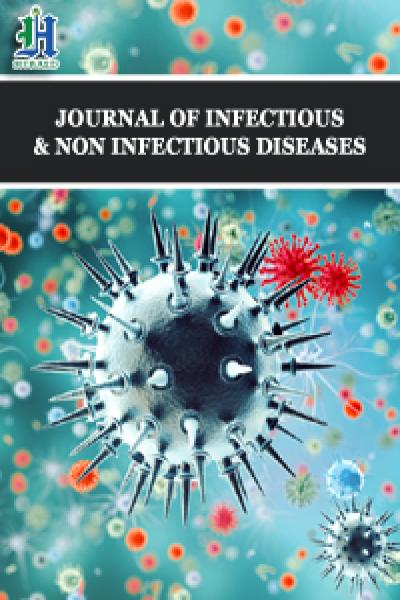
Bacterial Infections
Bacterial infections occur when harmful bacteria enter the body, multiply, and cause disease. Bacteria are single-celled microorganisms found almost everywhere, including on the skin and inside the body. While many bacteria are harmless or beneficial, pathogenic bacteria can trigger infections such as strep throat, tuberculosis, urinary tract infections, and pneumonia. These organisms invade tissues, produce toxins, and provoke immune responses that lead to symptoms like fever, inflammation, and pain.
Bacterial infections can spread through direct contact, contaminated food or water, or respiratory droplets. Diagnosis typically involves clinical evaluation and laboratory tests like cultures or blood analysis. Treatment usually includes antibiotics, which target specific bacteria, though resistance to these drugs is a growing global concern. Preventive measures include good hygiene, vaccination, and proper food handling. Understanding the nature of bacterial infections is essential for early detection, effective treatment, and the prevention of complications or transmission to others.

